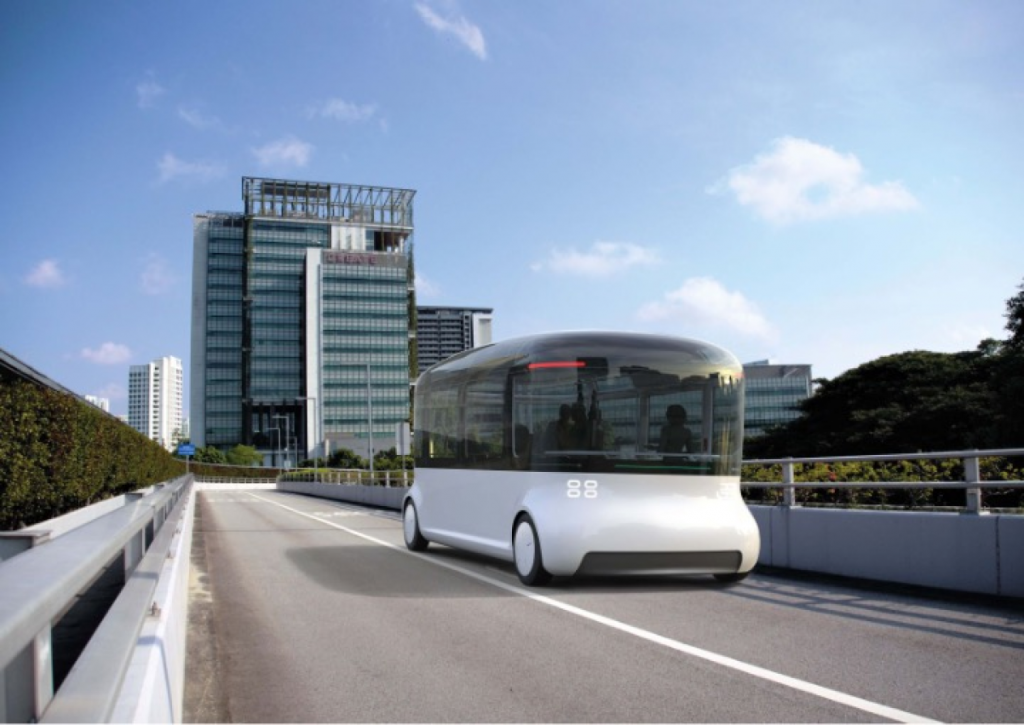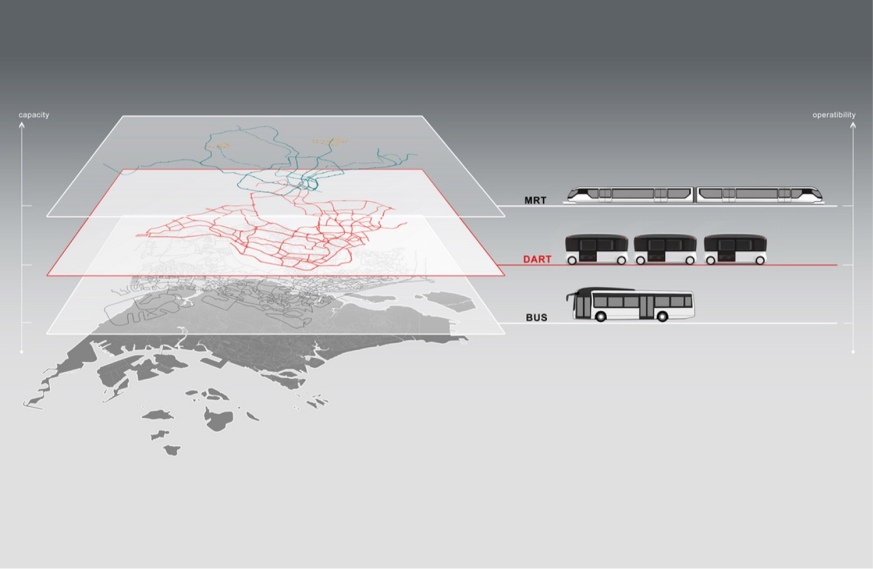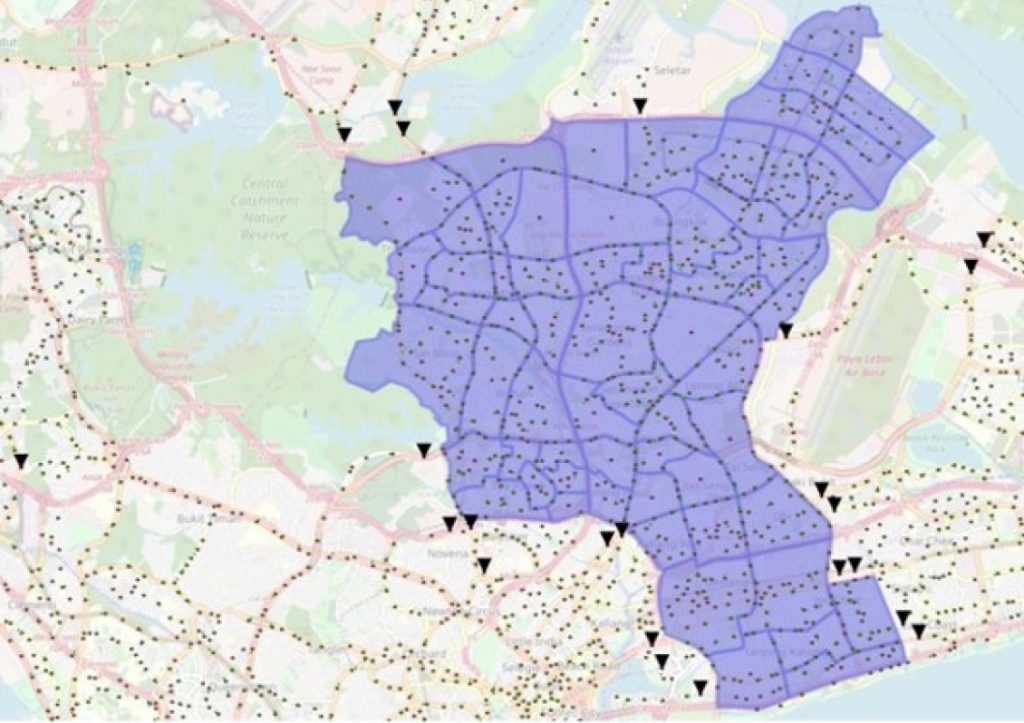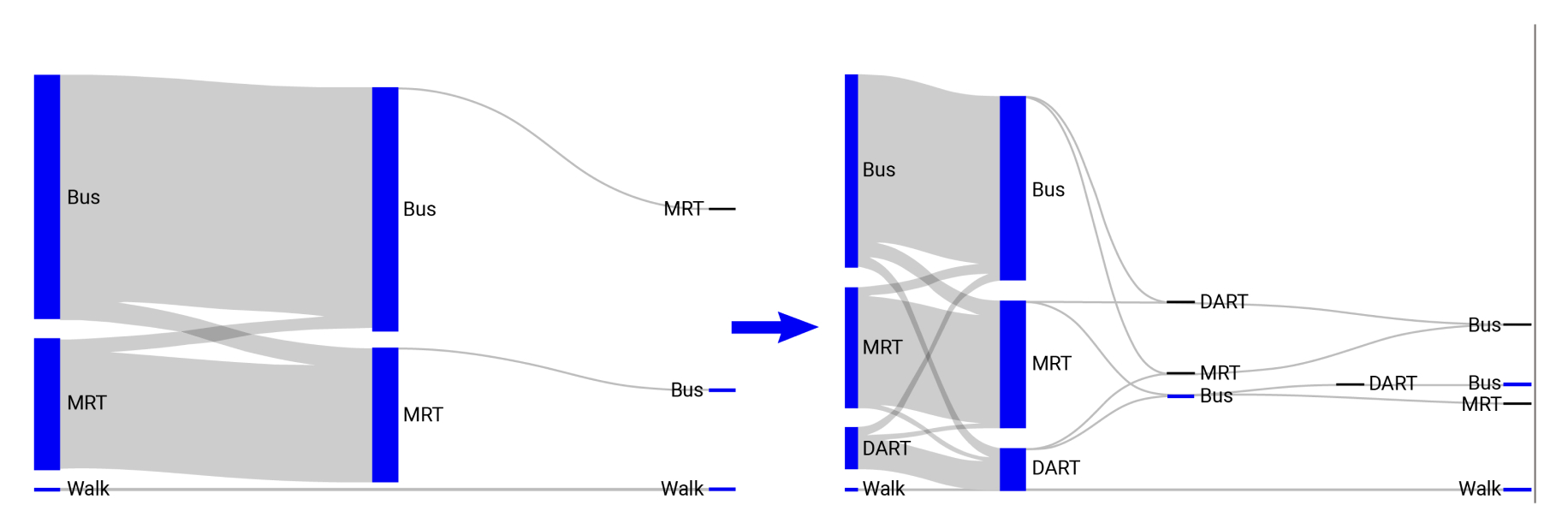With CityMoS, cities and operators can now accurately evaluate and support the integration of autonomous shuttle buses into their transportation systems.
Autonomous shuttle buses represent the future of public transit, offering sustainable, efficient, and accessible mobility solutions. But integrating them seamlessly into existing infrastructure requires meticulous planning and evaluation.
That’s where CityMoS, the City Mobility Simulator, comes in. Our software enables city planners, transportation authorities, and operators to simulate various scenarios, assessing factors like shuttle and terminal configuration, route optimization, traffic flow, passenger demand, as well as safety and comfort considerations.
View the video on the left for more insights and to see TUMCREATE’s DART model in action in CityMoS. Below find a testimonial from our project partner as well as an example of what we have evaluated for the deployment of a shuttle bus in Singapore.





